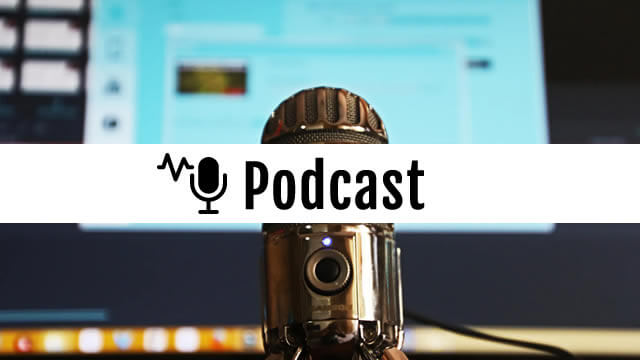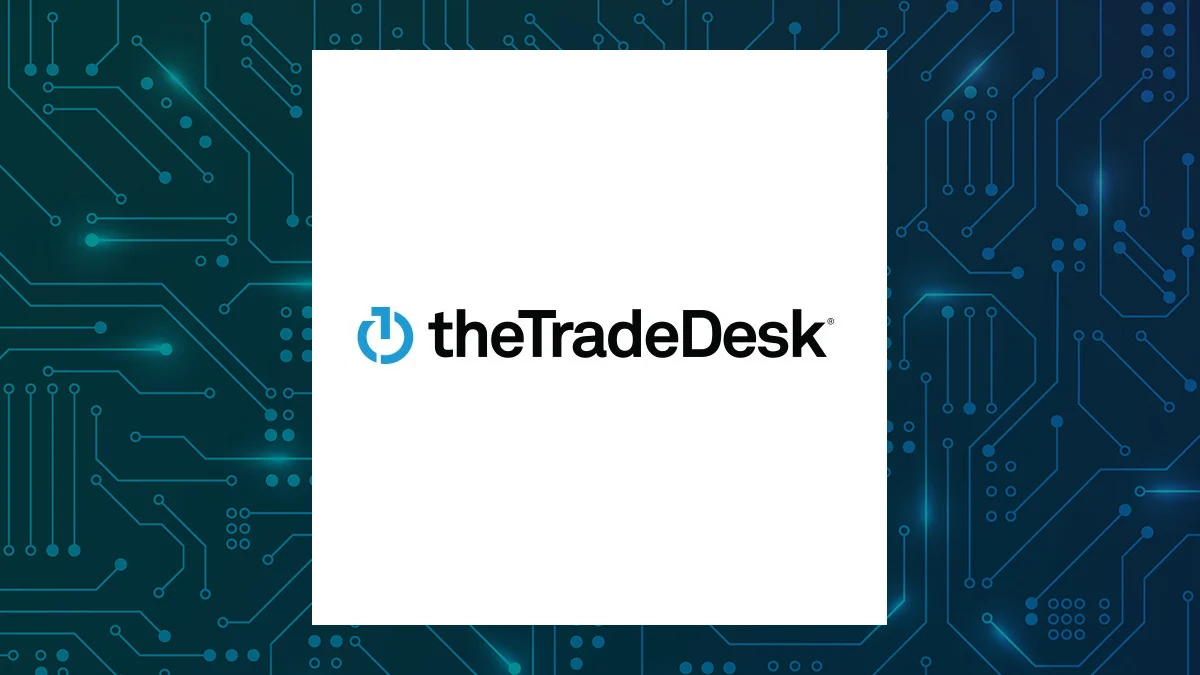
TTD
The Trade Desk, Inc.
$39.56
0.45
(1.15%)
| Exchange: | |
| Market Cap: | 19.456B |
| Shares Outstanding: | 472.816M |
About The Company
| Sector: | Technology | |||||
| Industry: | Software – Application | |||||
| CEO: | Jeffrey Terry Green | |||||
| Full Time Employees: | 3522 | |||||
| Address: |
|
|||||
| Website: | https://www.thetradedesk.com |
Trade Desk, Inc. operates as a technology company in the United States and internationally. The company operates a self-service cloud-based platform that allows buyers to create, manage, and optimize data-driven digital advertising campaigns across various ad formats and channels, including display, video, audio, native, and social on various devices, such as computers, mobile devices, and connected TV. It also provides data and other value-added services. The company serves advertising agencies and other service providers for advertisers. The Trade Desk, Inc. was incorporated in 2009 and is headquartered in Ventura, California.
Click to read more…
Revenue Segmentation
EPS
Earnings Call
Income Statement
(* All numbers are in thousands)
Balance Sheet
(* All numbers are in thousands)
Cash Flow Statement
(* All numbers are in thousands)
Analyst Estimates
(* All numbers are in thousands)







